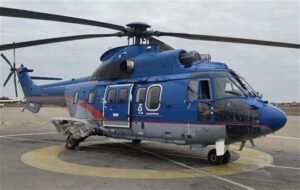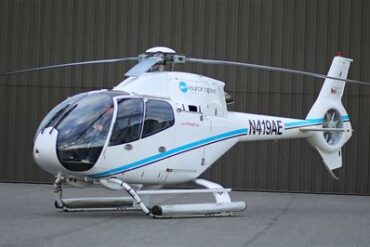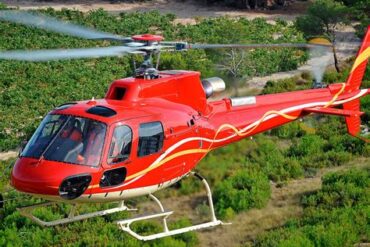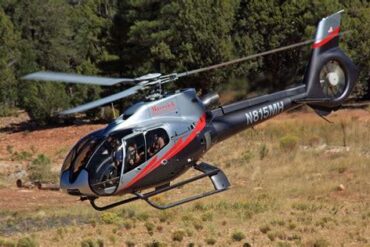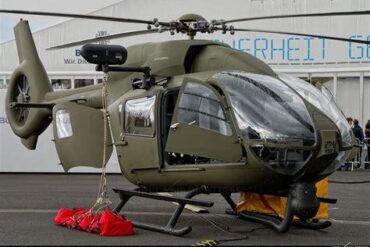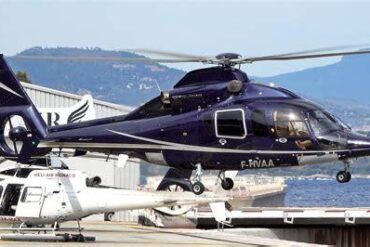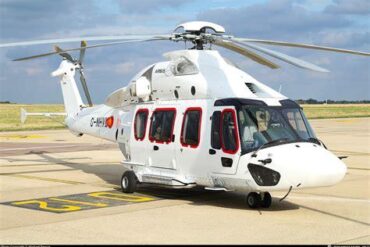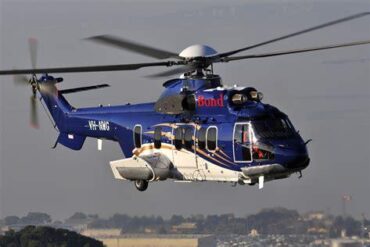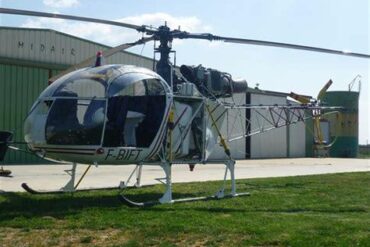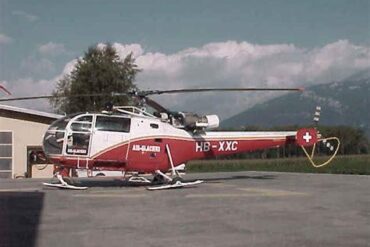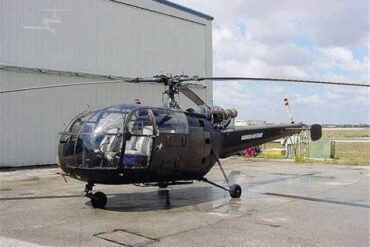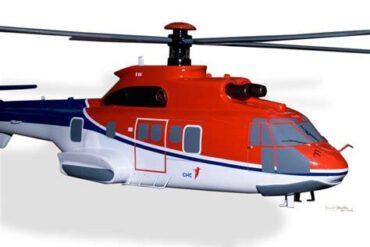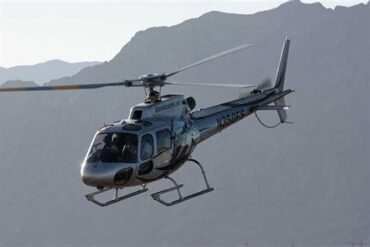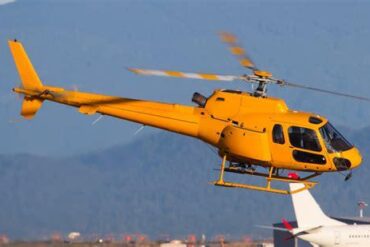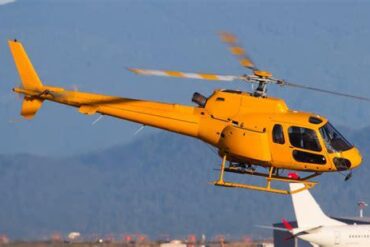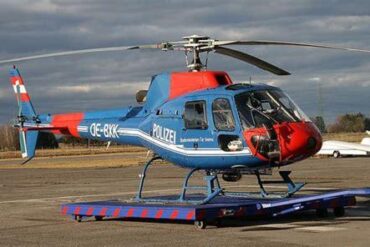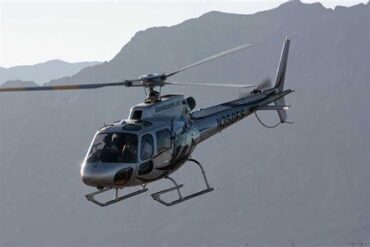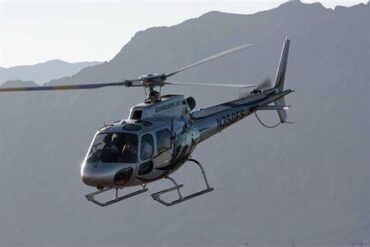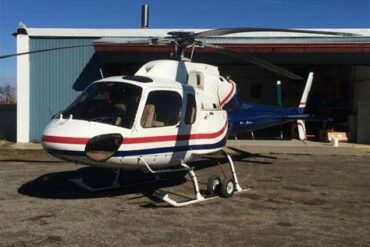The Airbus/Eurocopter AS332L1 Super Puma is a highly versatile and robust helicopter, often utilized for a range of critical missions including offshore oil and gas transport, search and rescue (SAR), and VIP transport. This helicopter is favored for its reliability, performance, and ability to operate in challenging environments. However, understanding the full scope of its price and operating costs is crucial for potential buyers and operators.
Purchase Price of the Airbus/Eurocopter AS332L1
When considering the acquisition of an AS332L1, it’s important to recognize that the purchase price can vary significantly based on several factors. New models, typically purchased directly from the manufacturer, come with the latest technology, warranties, and customization options, which naturally drive up the price.
-
New Airbus/Eurocopter AS332L1: The price of a new AS332L1 can range between $15 million to $18 million, depending on the configuration and additional equipment required by the buyer. Advanced avionics, specialized mission equipment, and luxury interiors for VIP transport can further increase the cost.
-
Pre-owned Airbus/Eurocopter AS332L1: For operators looking to save on initial investment, pre-owned AS332L1 helicopters are available in the market. The price of a used model can range from $5 million to $10 million. The cost largely depends on the aircraft’s age, flight hours, maintenance history, and overall condition.
It’s also worth noting that additional costs may arise from delivery charges, initial crew training, and necessary certifications, especially when purchasing internationally.
Operating Costs Breakdown
Operating a helicopter like the AS332L1 involves a variety of ongoing expenses that go beyond the initial purchase price. These include fuel, maintenance, insurance, crew salaries, and hangar fees. Below, we break down the primary operating costs associated with this aircraft.
1. Fuel Costs
The AS332L1 is equipped with twin Turbomeca Makila 1A1 turboshaft engines, which are known for their power and efficiency. However, this power comes at a cost. The fuel consumption rate for the AS332L1 is approximately 600 liters per hour.
-
Cost per Hour: Given the average price of aviation fuel at $1.30 per liter, the fuel cost per hour of operation is approximately $780.
-
Annual Fuel Costs: Assuming an annual usage of 400 flight hours, the annual fuel expense would be around $312,000.
2. Maintenance Costs
Maintenance is one of the most significant expenses in helicopter operations. The AS332L1 requires regular inspections, part replacements, and overhauls to ensure safety and compliance with aviation standards.
-
Scheduled Maintenance: The scheduled maintenance for an AS332L1 typically costs between $500 to $1,000 per flight hour. This includes regular inspections, engine checks, and airframe maintenance.
-
Unscheduled Maintenance: Unscheduled maintenance can vary widely depending on the nature of the repairs needed. Operators should budget an additional $200,000 to $300,000 annually to cover unforeseen repairs.
-
Component Overhaul: Major components like the engines, rotor blades, and transmission require overhauls after a certain number of flight hours. The cost for these overhauls can range from $500,000 to $1.5 million, depending on the component and the extent of the work required.
3. Insurance
Insurance is another critical factor in the total operating costs. The insurance rates for helicopters like the AS332L1 are influenced by factors such as the aircraft’s value, intended use, and operating region.
-
Hull Insurance: Coverage for the aircraft itself, known as hull insurance, typically costs 2% to 3% of the aircraft’s value annually. For an AS332L1 valued at $15 million, this translates to $300,000 to $450,000 per year.
-
Liability Insurance: Liability insurance, which covers potential damages to third parties, can add an additional $50,000 to $100,000 annually, depending on coverage limits.
4. Crew Costs
Operating an AS332L1 requires a qualified crew, typically consisting of at least two pilots and sometimes additional personnel, such as a flight engineer or mission specialist.
-
Pilot Salaries: The annual salary for an experienced helicopter pilot ranges from $80,000 to $150,000. For a two-pilot operation, this totals $160,000 to $300,000 annually.
-
Additional Crew: Additional crew members, if required, can add another $50,000 to $100,000 to the annual operating budget.
5. Hangar and Ground Support Costs
Storage and ground support are also essential for maintaining the aircraft in optimal condition.
-
Hangar Fees: The cost of hangar space varies widely depending on location. On average, operators can expect to pay $1,500 to $3,000 per month, resulting in an annual cost of $18,000 to $36,000.
-
Ground Support Equipment: The AS332L1 requires specialized ground support equipment for refueling, maintenance, and ground handling. Initial setup costs can range from $50,000 to $100,000, with ongoing expenses for equipment maintenance.
Total Annual Operating Costs
When all factors are considered, the total annual operating cost for an Airbus/Eurocopter AS332L1 can range from $1.5 million to $2.5 million, depending on usage, location, and specific operational requirements.
| Operating Cost Category | Estimated Annual Cost |
|---|---|
| Fuel | $312,000 |
| Scheduled Maintenance | $200,000 to $400,000 |
| Unscheduled Maintenance | $200,000 to $300,000 |
| Insurance | $350,000 to $550,000 |
| Crew Salaries | $210,000 to $400,000 |
| Hangar Fees | $18,000 to $36,000 |
| Ground Support Equipment | $10,000 to $20,000 |
| Total | $1.5 million to $2.5 million |
Conclusion
The Airbus/Eurocopter AS332L1 is an impressive and versatile helicopter, capable of performing a wide range of missions in some of the most challenging environments. However, potential operators must be prepared for the significant financial commitment involved. Both the initial purchase price and ongoing operating costs are substantial, requiring careful consideration and budgeting. For those who require its unique capabilities, the investment in an AS332L1 can be justified by its performance, reliability, and operational versatility.
